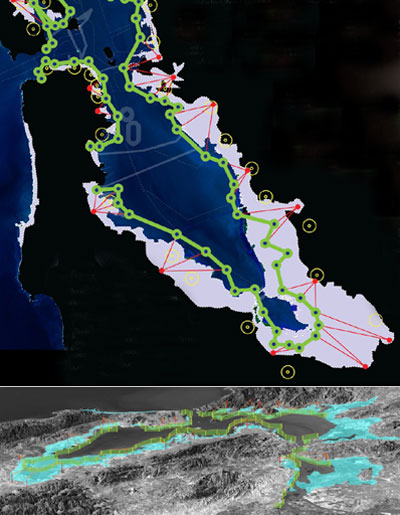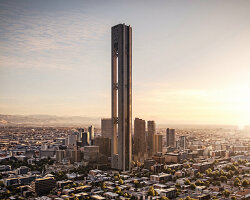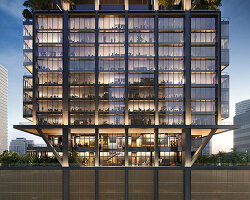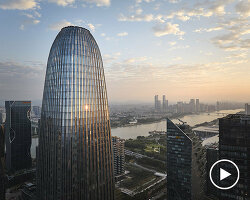KEEP UP WITH OUR DAILY AND WEEKLY NEWSLETTERS
PRODUCT LIBRARY
martin gomez arquitectos brings japanese design influences to coastal uruguay with this boji beach house.
the minimalist gallery space gently curves at all corners and expands over three floors.
kengo kuma's qatar pavilion draws inspiration from qatari dhow boat construction and japan's heritage of wood joinery.
connections: +730
the home is designed as a single, monolithic volume folded into two halves, its distinct facades framing scenic lake views.
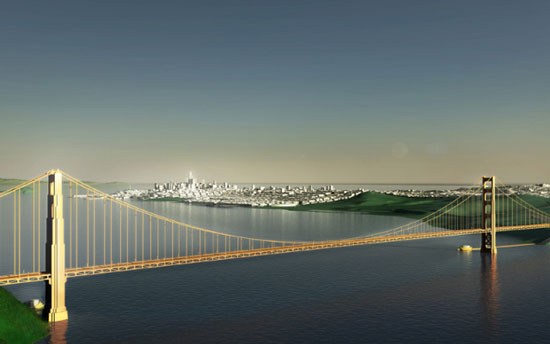
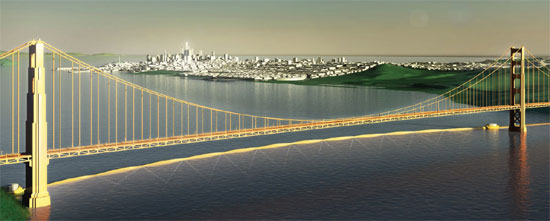 flood threat conditions image courtesy SOMthe objective of the bayarc is to prevent the peak of extreme tide events while maintaining a natural tidal exchange between the ocean and the bay.
flood threat conditions image courtesy SOMthe objective of the bayarc is to prevent the peak of extreme tide events while maintaining a natural tidal exchange between the ocean and the bay.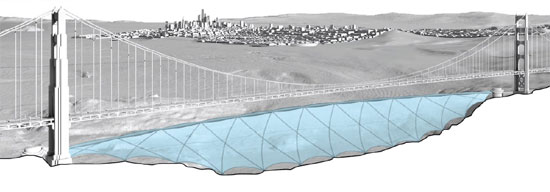 flood threat conditions – cut away view image courtesy SOM
flood threat conditions – cut away view image courtesy SOM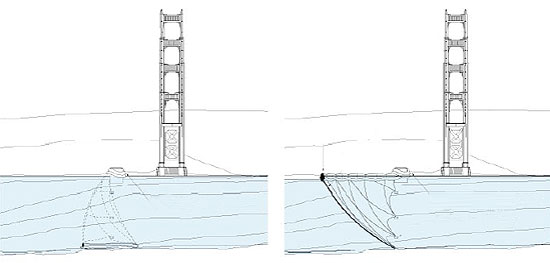 l: the golden gate during typical condition r: cross section through golden gate while deployed image courtesy SOM
l: the golden gate during typical condition r: cross section through golden gate while deployed image courtesy SOM tensile membrane stress diagram showing relatively modest stress levels; greatest at center and least at ends image courtesy SOM
tensile membrane stress diagram showing relatively modest stress levels; greatest at center and least at ends image courtesy SOM
